RESEARCH
PRESS & OUTREACH
CONTACT
I am an observational astrophysicist, studying the formation and evolution of planetary systems. To this end, I obtain and model high-resolution ALMA, SMA, and JWST
observations of circumstellar dust and gas disks around pre- and main-sequence stars. My research primarily focuses on debris disks, cosmic cousins to the Solar System’s Kuiper Belt.
By studying these at their birth stages around pre-main sequence stars, and mature stages around main-sequence stars, my research seeks to understand how and when planets form, how
typical our Solar System is, and what processes drive the evolution of exoplanetary systems.
I held a Submillimeter Array (SMA) Postdoctoral Fellowship at the Center for Astrophysics Harvard-Smithsonian
from 2022-2025, and recently transitioned to a CfA Prize JC Ryan Fellowship (October 2025). Prior to this, I completed my PhD at the Institute of Astronomy, University of Cambridge.
I am involved in a number of ongoing international collaborations analysing stellar and disc demographics in young star forming regions, including the large ALMA programme,
ARKS see Cycle 9 projects here, and the Extended Westerlund 1 and 2 Open Clusters Survey,
EWOCS.
On this page, you can read more about my research interests, and find my contact details if you want to chat further about research. If you are a student looking for research
opportunities, please feel free to reach out to me directly if you are interested in working with me. Below I have included links to various highlights of my research over the course of my career.
RESEARCH HIGHLIGHTS
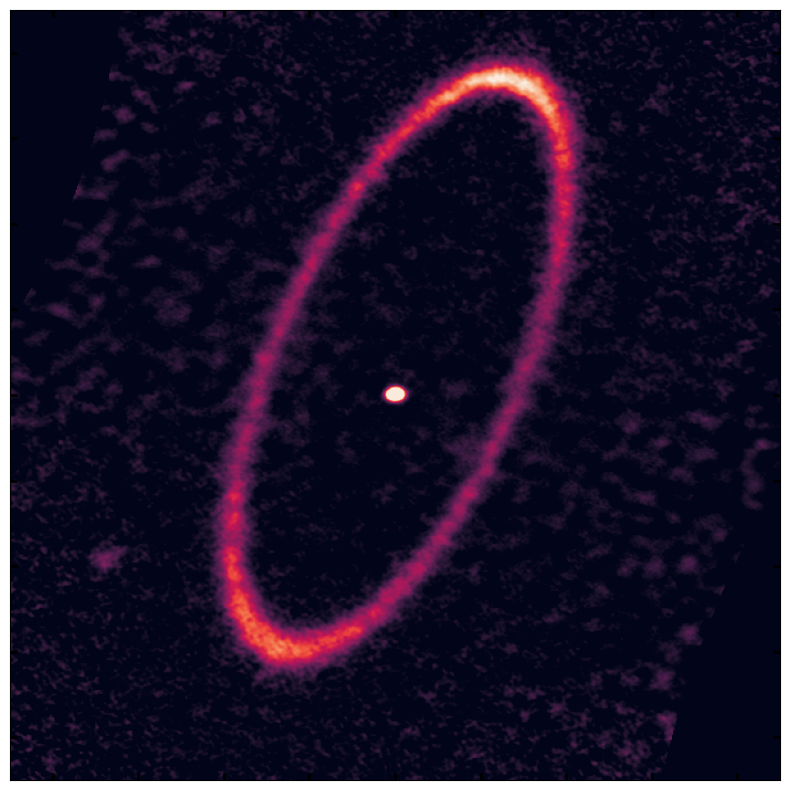
September 2025
My latest paper -- modelling the iconic debris disk around Fomalhaut has just been published! Image credit: J.B. Lovell & J. Chittidi
A link to the paper is here and a link to the NRAO press release is here!
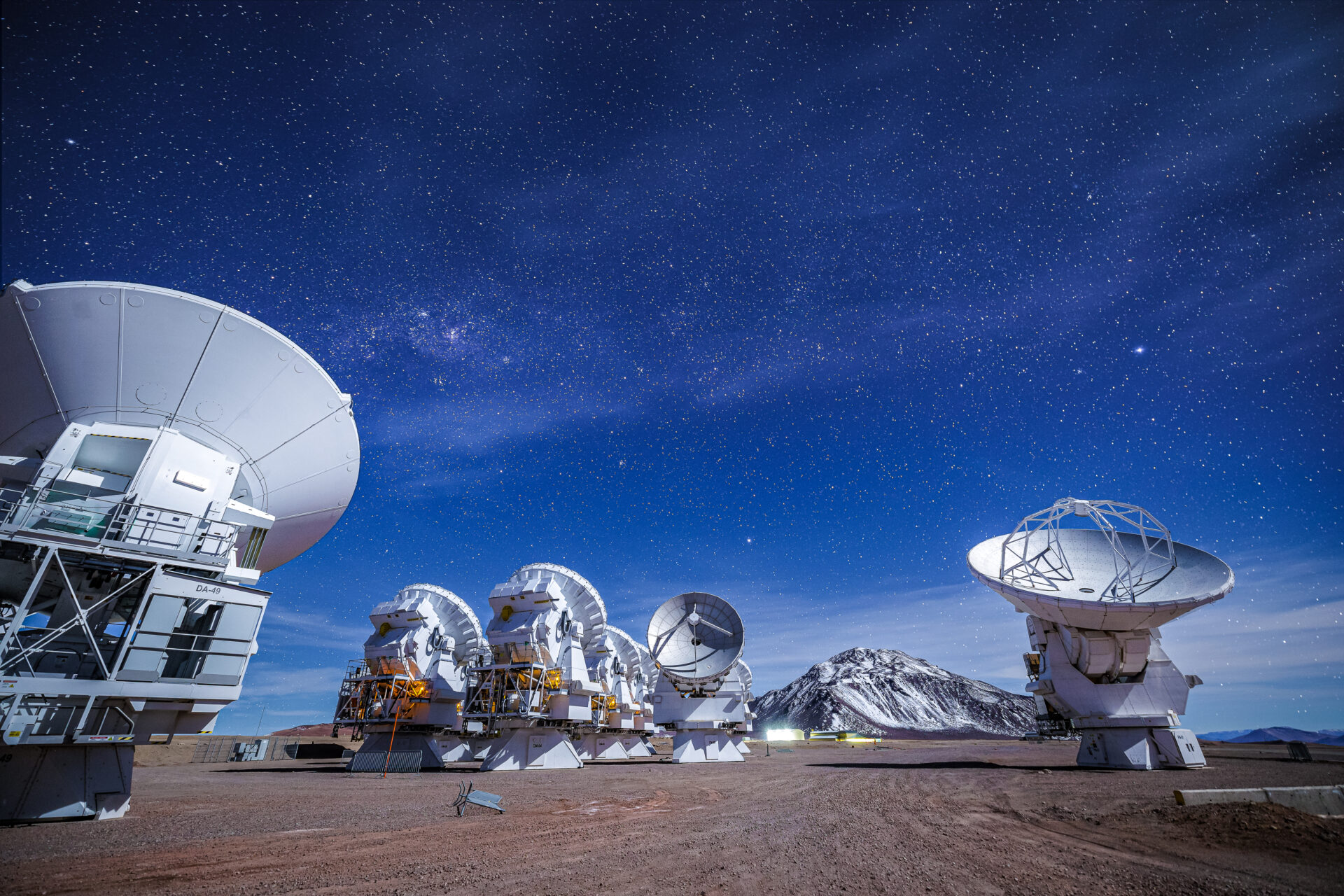
August 2025
Delighted to have received not, nor two, but three (?!) approved projects this ALMA cycle, my most successful year ever! These projects span the complete range of my research interests, and include a YSO survey, a detailed kinematic study of NO Lup's peculiar belt wind, and a dynamical study of the iconic debris disk of Fomalhaut. Image credit: Alex Pérez, ESO.
A link to the accepted abstracts are here
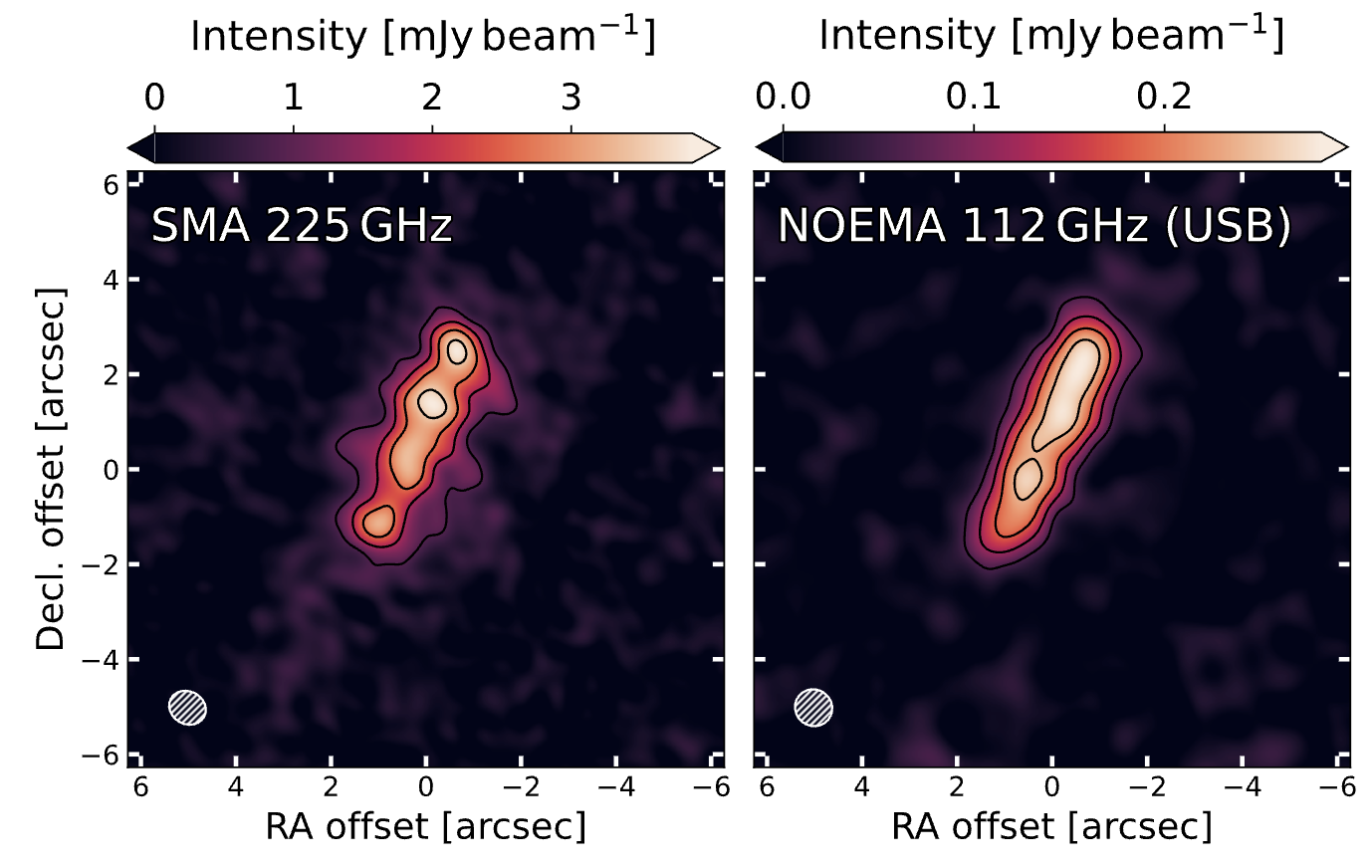
July 2025
My paper on IRAS23077+6707 was recently accepted -- here I show with brand new SMA and NOEMA millimetre data that this enigmatic, edge-on protoplanetary disk is host to an asymmetry -- what could cause this? We suggest a few ideas... Image: Fig.1 from paper, edited.
A link to the paper is here
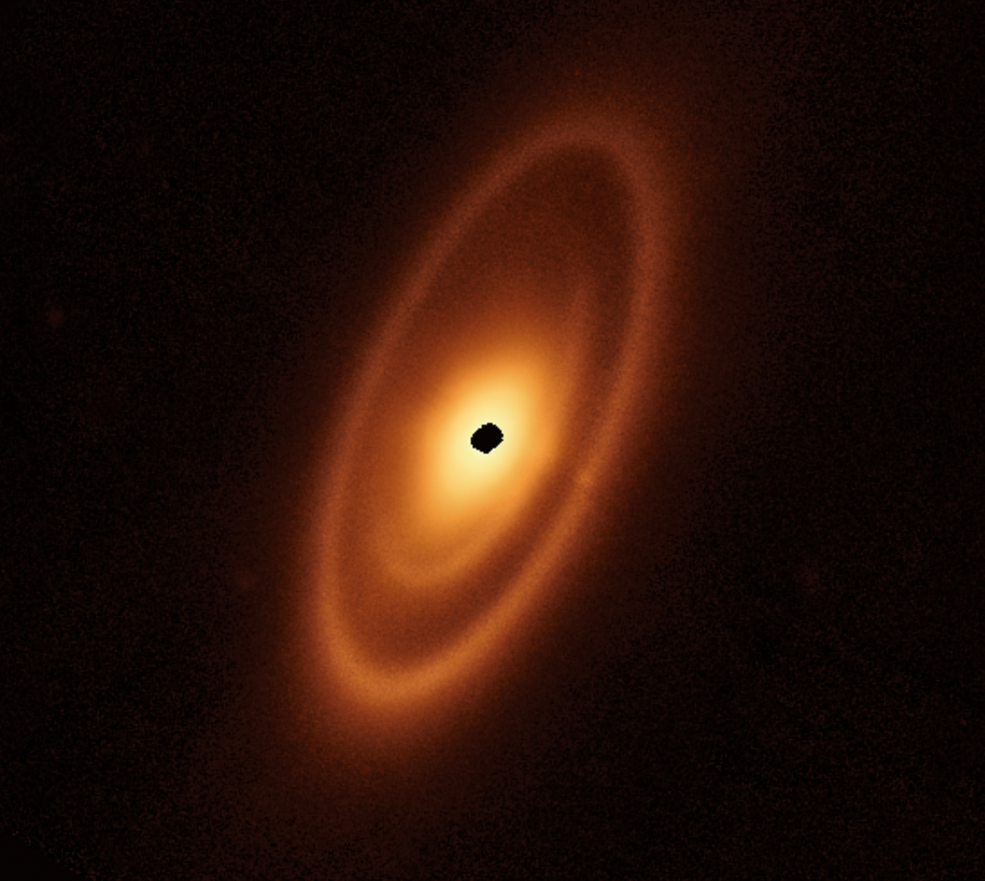
April 2025
Thrilled to announce that my Cycle 4 JWST program to image two eccentric debris disks was approved! I will be hiring a student for one year on this program, where we will image the debris disks of HD15115 and HD53143 and investigate their eccentric emission morphologies. Image: JWST MIRI image of Fomalhaut's eccentric disk (credit: Gáspár+2023).
Full proposal details are available here
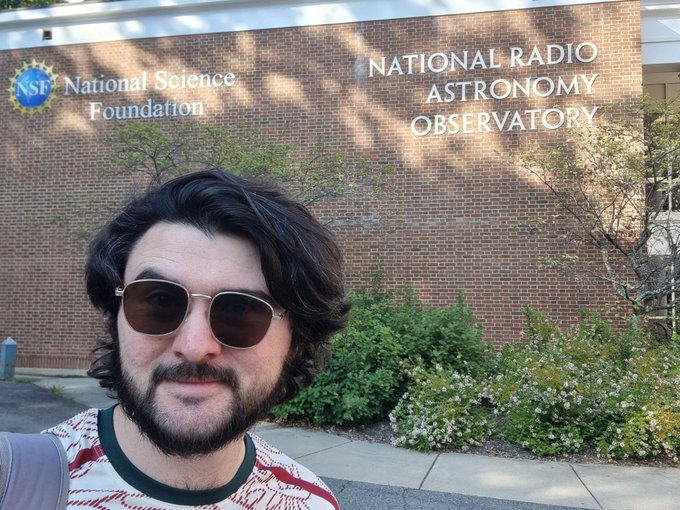
October 2024
In summer 2024, I was selected as a Cycle 12 ALMA Ambassador! As part of this, I designed and led a day-long ALMA data calibration and analysis workshop on October 30th at the CfA. I've published here all of the materials and recordings.

May 2024
SMA confirmation of the largest protoplanetary disk in the sky: IRAS23077+6707. Credit: Monsch K. & Lovell J. B. et al, 2024
Full research article available here

Feb 2024
SMA detection of an Extreme Stellar Flare from the Class III star, HD283572. Credit: Lovell J. B. et al, 2024
Full research article available here
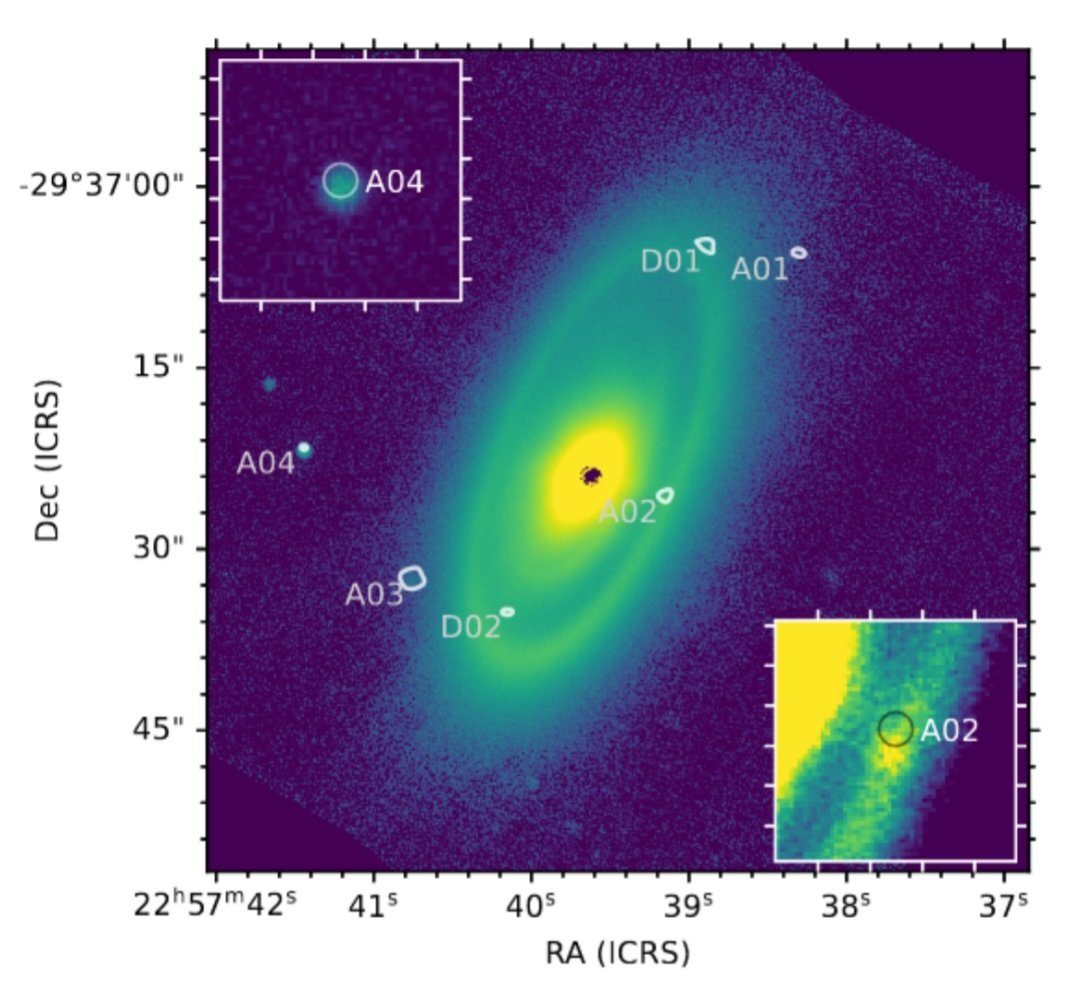
May 2023
ALMA and Keck analysis of Fomalhaut: the Great Dust Cloud is a background object. Credit: Kennedy G. M. & Lovell J. B., et al, 2023
Full research article available here
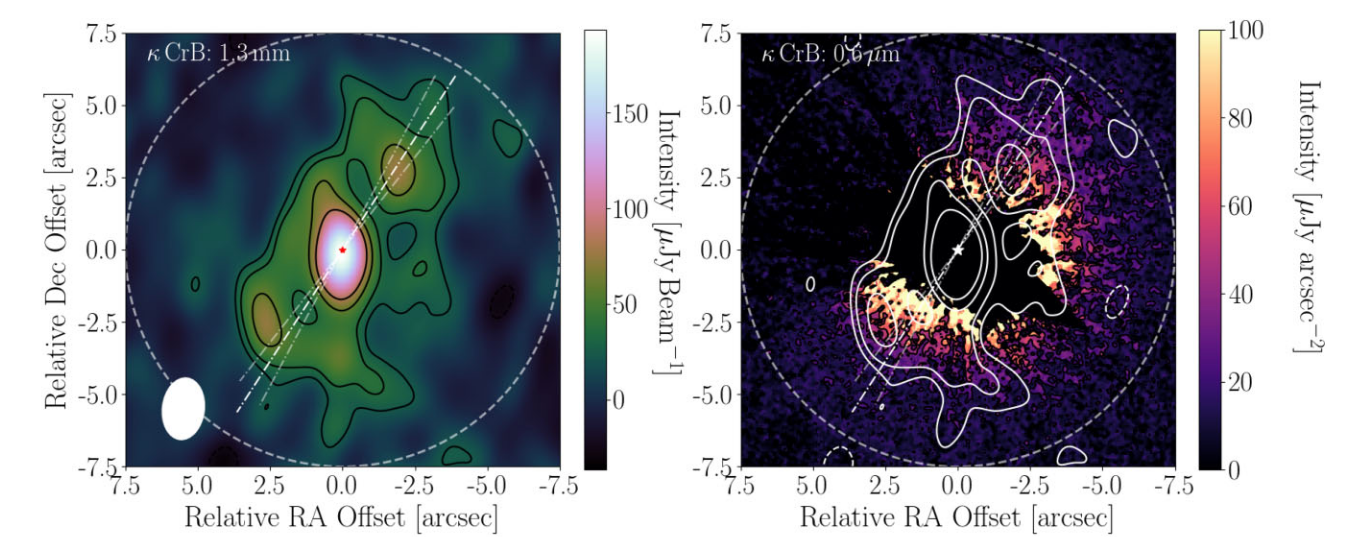
Aug 2022
ALMA and HST imaging of the post-main sequence debris disc around Kappa CrB, a sub-giant, hosting multiple massive companions. Credit: Lovell J. B. et al, 2022
Full research article available here

Dec 2021
The morphology of face-on eccentric debris discs: the origins of apocentre and pericentre glows. Credit: Lynch and Lovell, 2022
Full research article available here
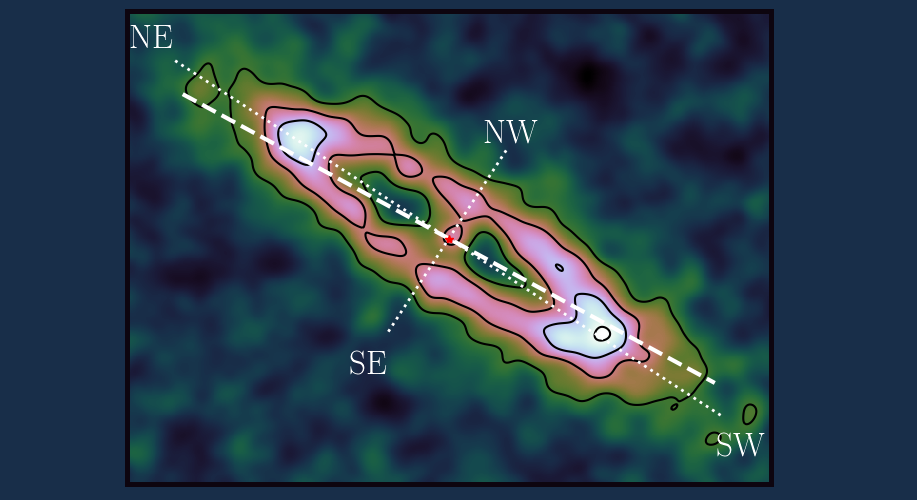
July 2021
The asymmetric debris disc of q1 Eri, revealed by ALMA. Credit: Lovell J. B. et al, 2021c
Full research article available here
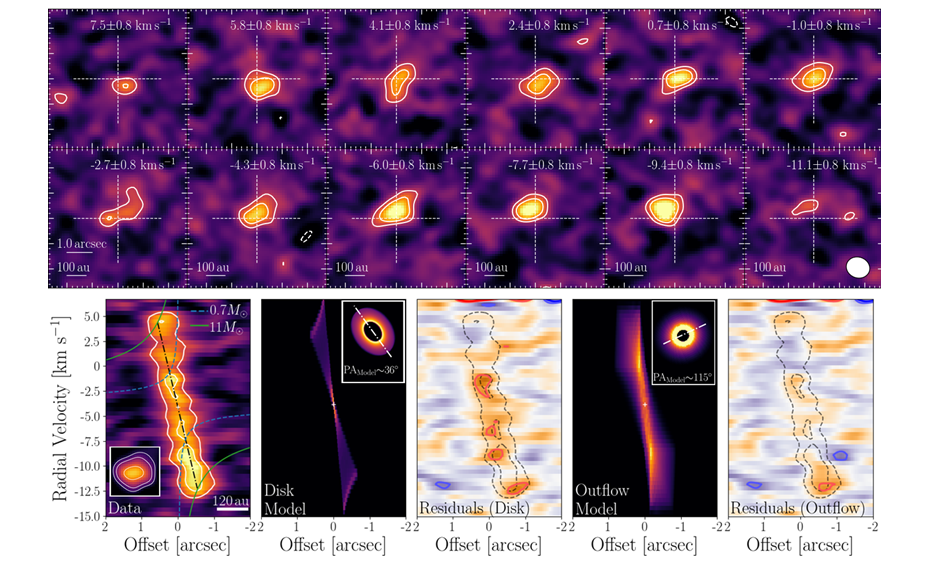
March 2021
ALMA regional centre featured science highlight. Credit: Lovell J. B. et al, 2021b
Full article available here
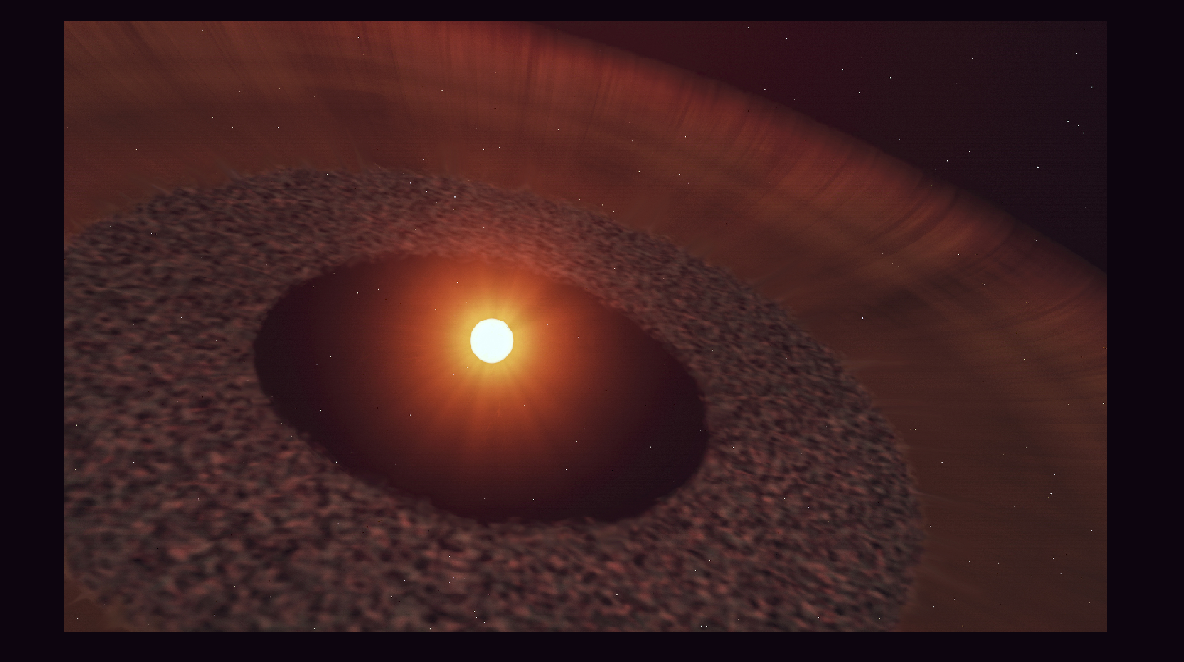
December 2020
Rapidly outflowing gas from class III star NO Lup, revealed by ALMA. Credit: Lovell J. B. et al, 2021b
Full research article available here, press release here and EarthSky article here
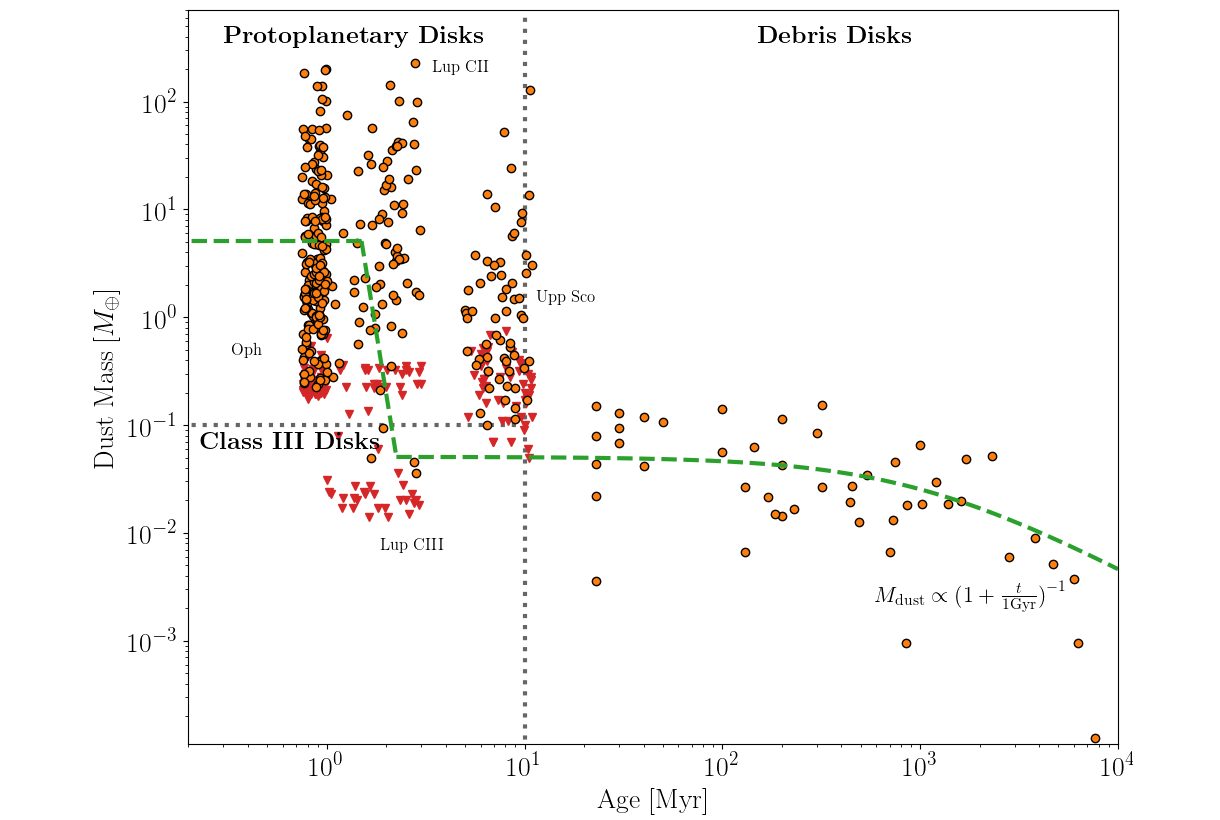
November 2020
The ALMA survey of Lupus class III stars: early planetesimal belt formation, and rapid disc dispersal. Credit: Lovell J. B. et al. 2021a
Full research article available here













